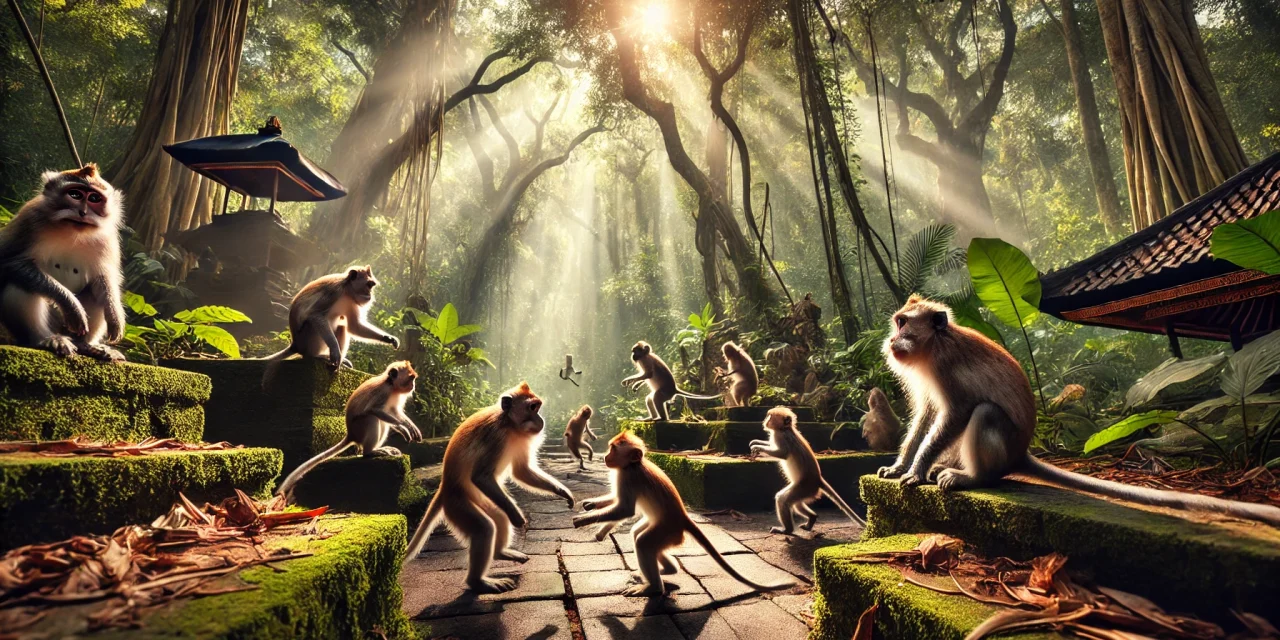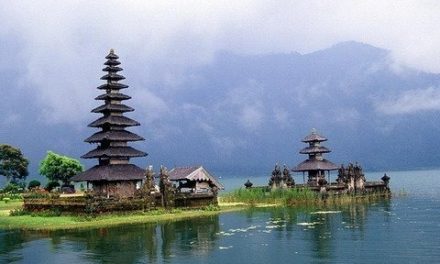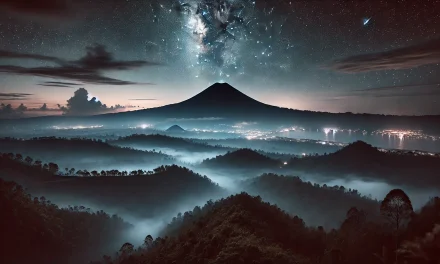If you’ve ever explored Ubud, Bali, you’ve probably been entranced by its stunning waterfalls. From the shimmering turquoise pools to the lush greenery surrounding the cascading water, Ubud’s waterfalls offer a paradise for photographers. I remember my first visit to Tegenungan Waterfall; the roar of the water and the mist in the air made my heart race. Armed with my camera, I was eager to capture every moment. After several trips, I learned a thing or two about photographing these natural wonders, and I’m excited to share my insights with you.
1. Timing is Everything
One of the first things I learned wasn’t just about composition but about timing. Early morning or late afternoon is the best time to visit these waterfalls. This golden hour light bathes everything in a warm glow, creating ethereal images. I remember arriving at Tibumana Waterfall just as the morning mist started to lift, revealing the stunning turquoise water beneath. The sun was low enough to create a perfect ambiance — my photos turned out to be some of my favorites!
Pro Tip:
Check the weather forecast! A cloudy day can actually work to your advantage as it softens the light and reduces harsh shadows. Plus, the clouds can enhance the waterfall’s mystical vibe.
2. Bring the Right Gear
While a fancy camera isn’t strictly necessary (smartphones do a great job too), having the right gear can make a significant difference. A tripod is your best friend when dealing with waterfalls to achieve that silky smooth water effect. When I first tried to capture a waterfall without one, my shots were shaky and disappointing. After investing in a lightweight tripod, I could play with longer exposure times, and the results were stunning!
Suggested Gear:
– Tripod: Essential for stability, especially in low light.
– ND Filters: These help in reducing light intake, allowing for longer exposures without overexposing the image. I discovered their magic during a sunset shoot at Kanto Lampo Waterfall!
– Waterproof Bag: Ubud can be humid, and you might find yourself splashed by the falls. A waterproof bag can protect your gear.
3. Composition is Key
The rule of thirds is a classic composition technique that works wonders with waterfalls. Imagine the waterfall off-center, with lush greenery framing the sides. This technique draws the viewer’s eye across the image. At the Gitgit Waterfall, I made sure to incorporate the overhanging trees into my frame, which added depth and dimension to the photo.
Experiment with Angles:
– Different Perspectives: Don’t just shoot from the same spot. Climb up a few rocks (safely, of course!) to find unique angles. I’ve captured some amazing shots by getting low to the ground or even shooting from above.
– Foreground Interest: Adding rocks, flowers, or even your fellow travelers in the frame can make the shot more engaging.
4. Play with Water Movement
Every waterfall presents an opportunity to play with the movement of water. Long exposures can create that dreamy, milky effect that makes waterfalls look ethereal. I remember setting my camera up at Aling-Aling Waterfall and experimenting with different shutter speeds. My favorite shot was taken on a 1-second exposure, which gave the water a silky appearance while keeping the rocks crisp.
How to Achieve This:
– Use Low ISO and Small Aperture: Start with an ISO of 100 or lower and a small aperture (f/11 to f/16) to create longer exposure times.
– Experiment: Don’t be afraid to try various shutter speeds. Sometimes you’ll capture more spontaneity than when you aim for perfection.
5. Capture the Surroundings
While waterfalls are the star of the show, don’t forget about the beautiful landscapes surrounding them. I’ve taken some of my most memorable shots by photographing the tropical foliage or the local fauna nearby. Early morning visits often present chances to catch local wildlife, such as monkeys, interacting with their environment.
Tips for Inclusion:
– Include Sky and Land: Try capturing the waterfall within a wider landscape. Incorporating clouds or vibrant greenery adds context to your images.
– Look for Local Life: Including plants, flowers, or local people can also tell a story about the location and enhance your photograph.
6. Be Patient and Respectful
Lastly, patience is key. Sometimes you might find yourself waiting for that perfect moment when the light hits just right or when the area becomes less crowded. I’ve often found myself in conversation with other photographers, sharing tips and techniques while waiting for the perfect shot.
Also, be respectful of nature and local customs. Many waterfalls in Ubud hold spiritual significance for the local community. Always leave the environment as you found it — no litter, no disruption to the tranquility of these magical places.
Conclusion
Every waterfall in Ubud tells a story, and by applying these photography tips, you can capture the beauty and essence of these remarkable sites. Remember the excitement you felt when you first set your eyes on a stunning waterfall? Aim to replicate that feeling in your photographs! Whether you’re shooting with a professional camera or your smartphone, with the right techniques, you can capture the magic of Ubud’s waterfalls. Happy shooting!





